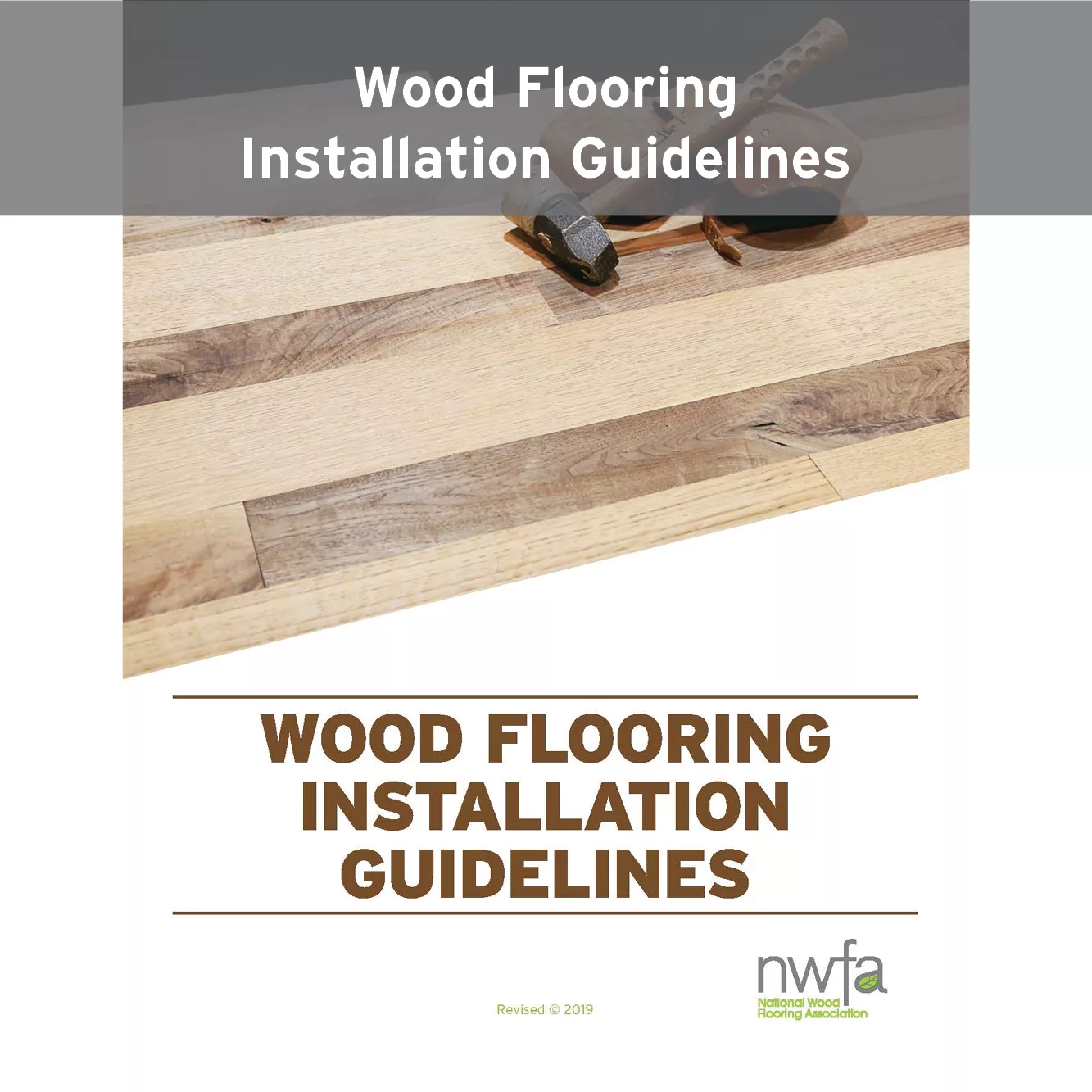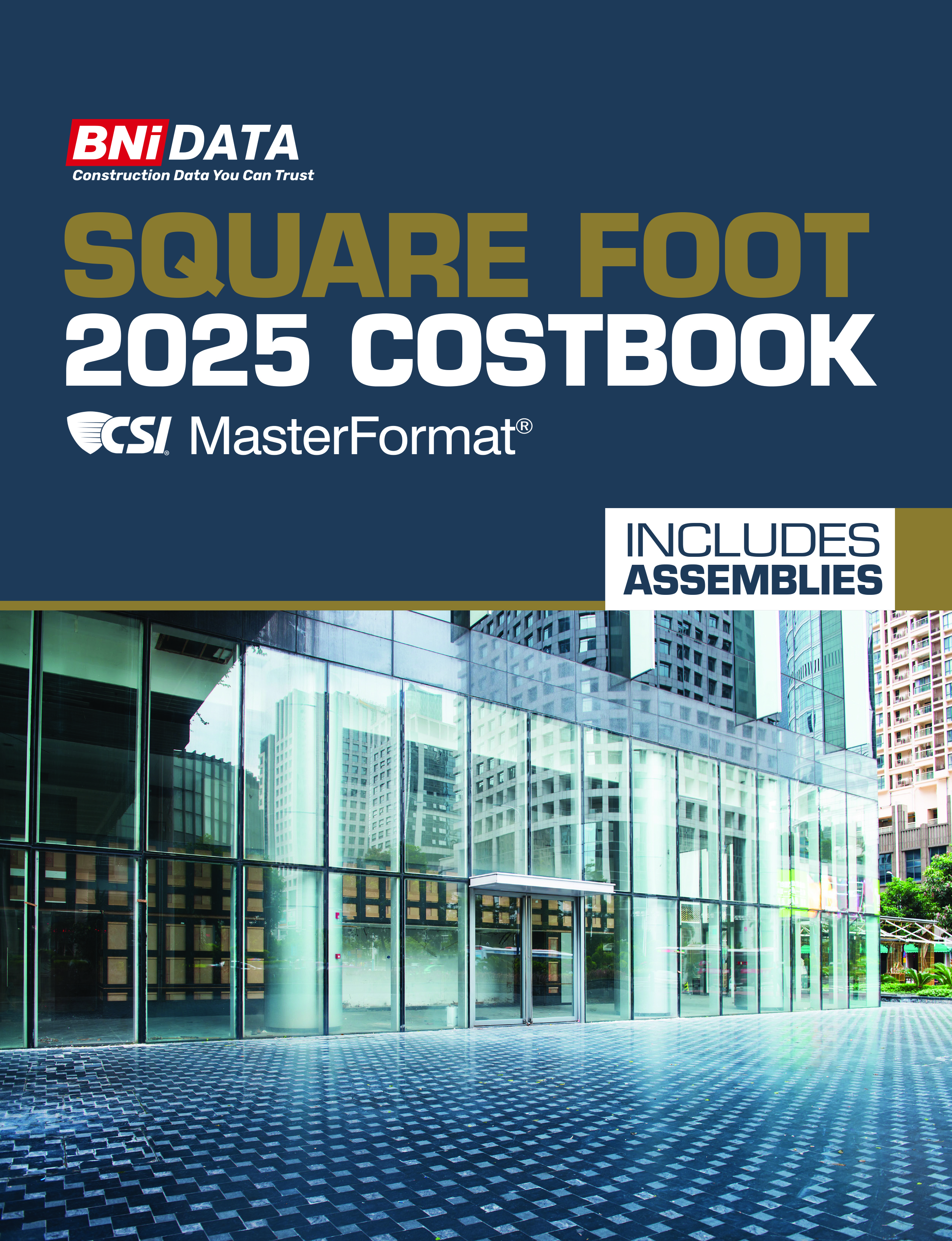Comparing the Results in Moisture, pH Testing

There are many products on the market designed to measure relative humidity. Pictured is Wagner Electronics’ Standard Rapid RH Long Reader.
Consider the following case study: The area is about 6,000 sq. ft. of concrete poured about ten years ago. The facility had been a furniture warehouse and is being converted into a gymnasium and was to receive a sports flooring material. The surface of the concrete has a hard troweled finish with a heavy sealer coat. The moisture requirements for the material to be installed is 75% relative humidity (ASTM F-2170) and/or 3 pounds per 1,000 sq. ft. per 24 hours, according to ASTM F-1869.

Shown is Wagner Electronics’ Rapid RH Short Reader, one of many options when performing an RH test.
For the ASTM F1869 Calcium Chloride tests, the sealer had to be removed 24 hours prior to the setting the tests. This was done using a diamond grinder with a vacuum attachment to remove all of the sealer and exposing the concrete pores. The opening of the concrete pores allows any vapor pressure heads to dissipate. Failure to do so would yield a false negative (higher readings) for the tests. The following day the tests were placed. (Note: sanding or wire brushing cannot remove the sealer.)
For the ASTM F1869 test:
1. The concrete surface must be vacuumed to remove any fine dust. Failure to remove the dust will cause poor contact of the plastic dome to adhere to the concrete.
2. The Petri dishes need to be weighed on a gram scale just prior to setting and the weight recorded.
3. The weight, date and time should be recorded on the label of the Petri dish. These figures should also be recorded on a worksheet. The worksheet should be carried with you for your records.)
4. When the Petri dish tape is removed, place it on the underside of the plastic dome.
5. Remove the lid of the Petri carefully and then place it on the underside of the dish.
6. Place the dome carefully over the open Petri dish and then seal to the concrete. Make sure the seal is airtight.
For the ASTM F-2170 test:
1. The depth of the test is to be at 40% the thickness of the slab, which is where the apex of the drying curve crosses the equilibrium line when the slab goes into equilibrium. This occurs after the floor is installed and the environment is stabilized.
2. A hammer drill with the proper size bit is set for the hole depth and the hole is drilled. After drilling the hole, vacuum up any excess dust generated by the drilling.
3. Use a wire brush to remove any fine dust that could contaminate the sensor, then vacuum the drill hole once more.
4. Record the sensor number and its placement
5. Place the sensor into the hole with the placement tool.
6. After placement, check the sensor to be sure it is operational and record the slab temperature and the RH percent of the initial set.
7. Place the protective cap over the sensor and leave until you return to retrieve the test results.

With the calcium chloride test the following steps were taken:
1. Cut the side of the plastic dome and carefully removed the Petri dish. Place the lid back on the top and remove the tape from the underside of the dome, and re-seal the Petri dish.
2. Record the date and time of the removal on both the lid of the Petri dish and on the worksheet
3 Weigh the Petri dish on a gram scale and record the data.
4. Immediately after the Petri dish is weighed, conduct a pH test and record the results on the worksheet.
With the RH probe test the following was completed:
1. Removed the protective cap
2. Inserted the reader and allowed it to stabilize
3. Recorded the slab temperature and percent relative humidity on the worksheet.
4. Replaced the protective cap so it can be used at another time, if necessary.
The results of the tests were as follows:
As you can see, there is an obvious difference in the findings. With the RH probe, the readings are well over the 75% requirement as specified by the sports flooring manufacturer. Yet, the calcium chloride tests were close to being within the manufacturer’s specification of 3 lbs. per 1,000 sq. ft. per 24 hours.
There are factors that will contribute to this; for example, the surface of the concrete is burnished and highly consolidated. This type of floor will retard the flow of moisture vapor to the surface. The moisture is there, but it moves slower than a slab that has a more open surface.
The calcium chloride test will only measure down about half an inch on this type of slab. Given enough time, the slab will go into equilibration and the moisture vapor emissions will develop to an excessive level. This is the advantage of measuring the moisture level deeper into the slab. The pH levels are much higher than the sports flooring adhesive requirements, which recommended a pH no greater than 9.0. High pH readings can also be an indicator of high moisture content.
The end result is that if one test fails, all tests fail. Many flooring contractors will average these results. This is not a wise choice.
Looking for a reprint of this article?
From high-res PDFs to custom plaques, order your copy today!








